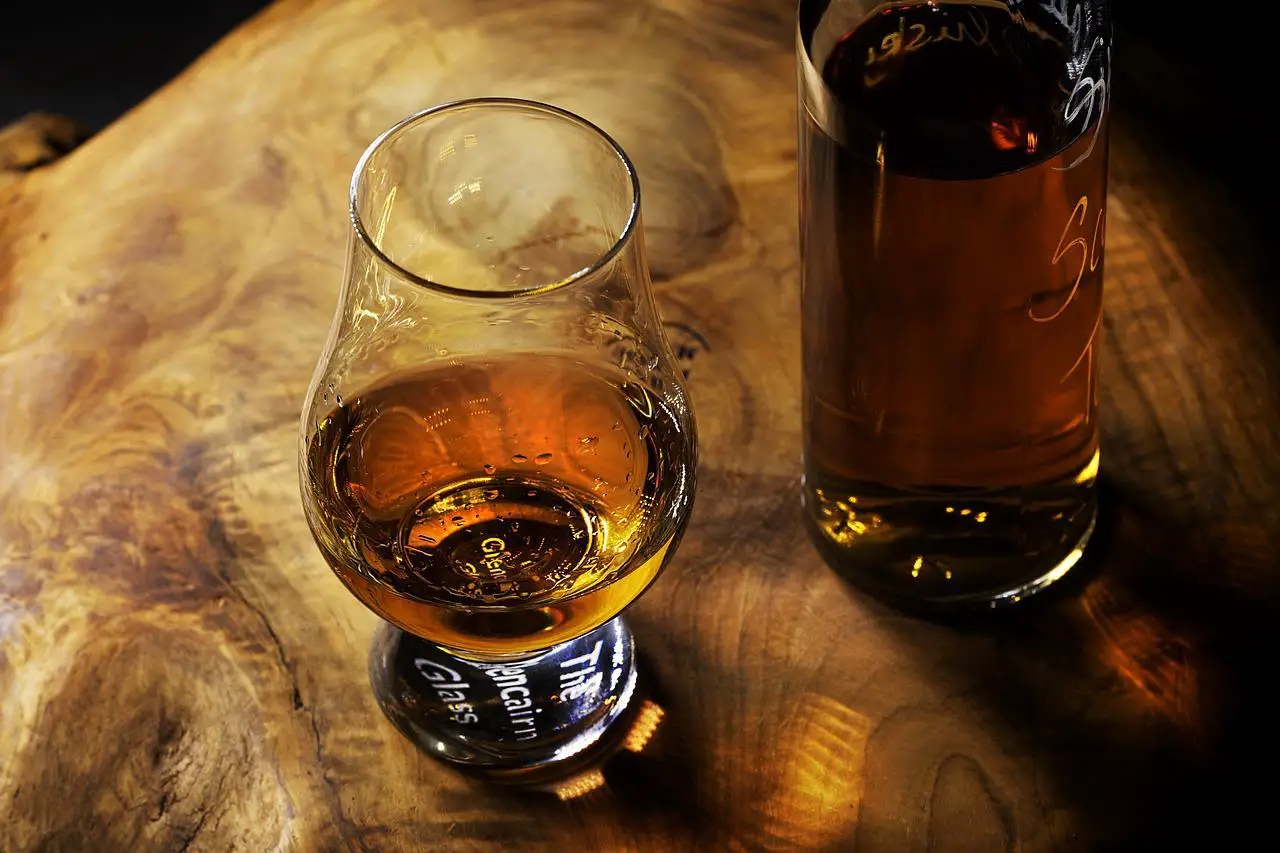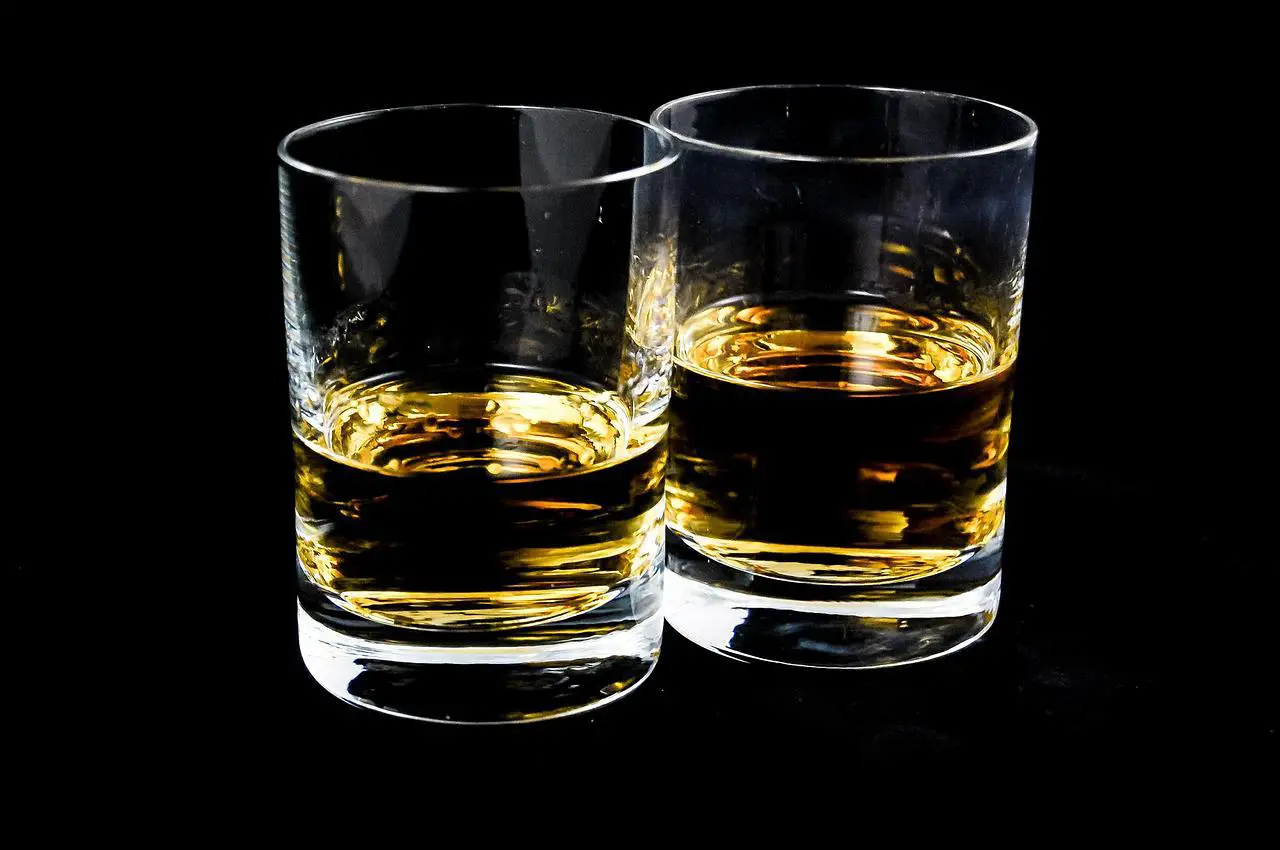Drinking whiskey is so incredibly individual. There are many parameters that contribute to the overall experience when we enjoy our favorite drink. What type of day it is, type of glass, how you are feeling, company, ice, water, environment, and so on. All of these aspects are the building blocks of how we drink and above all how we perceive whiskey.
When is it ok to enjoy your favorite whiskey?
According to many who work with taste and aroma, we are most receptive in the morning at around 10: 00-11: 00. This may be where your whiskey tastes best technically, but here the social heritage plays a significant role, of course. Is it really possible to drink whiskey before lunch? Some people say no but we would disagree. Why should you not be able to enjoy a good whiskey around lunch? Later in the afternoon and towards the evening, we have eaten and drank during the day and get more blunted or accustomed taste buds who may perceive the drink differently.
Glass type
There are a plethora of different glasses to drink whiskey from. Everything from the classic old-fashioned glasses, straight in the design, to more wine-inspired glasses with a cup. There are many different types of whiskey glasses on the market but which is best?
This is a question that is virtually impossible to answer. Rather, it is a matter of personal opinion than scientific practice.
What you have to take into account, however, is that different glasses make you experience the same whiskey differently. A classic old-fashioned glass does not concentrate the aroma as a port wine glass does, for example. The design of the glass must meet a couple of criteria. It should be a thin glass. The base should be wider than the top and the top should slope inwards to concentrate the aroma. The glass should have a foot that you can hold without thumbing down the entire glass surface. These are just basic criteria but they are crucial for the whole experience.
How you are feeling
This factor has infinite variables in how we perceive our whiskey.
How are we feeling, what have we eaten and drank before, how old are we, how big a reference library do we have before, ie how many different whiskeys have we tried before, and so on. Different people will experience the same whiskey differently depending on these factors.
Let’s say as an example that you have eaten some spicy food for dinner and want a whiskey afterward. It is likely that the whiskey will burn more and the taste will be perceived less depending on the food. The same whiskey can be mild and fine-tuned when you try it with “pure” taste buds. Most people try to enjoy whiskey when their taste buds are “neutral” to avoid having a lot of different impressions to process at the same time.

Environment
Depending on the company and the environment, even a whiskey we do not really have as a favorite can usually be perceived as really nice.
Surely it helps to sit in a worn, elegant armchair in front of a crackling fire with friends after a cold winter day outdoors? Maybe it even helps to appreciate a simple whiskey a little more than drinking your absolute favorite in a situation where you do not feel comfortable?
Ice and water
A beloved and debated topic for many years. Should you or should you not. We can start by finding out what the different additives do to the drink.
If you add water, more aromas and flavors are released as the alcohol content is reduced.
Much of the esters found in whiskey can be hidden in high alcohol content. This is released when water is added and the whiskey tastes and smells different. The keyword here is “differently” as it is not always synonymous with whiskey getting better through water addition. A lot of people don’t add water or ice to their whiskey. This is to get as many different angles on aroma and taste as possible.
Ice is probably what creates the most debate. Some are for ice and can not imagine drinking whiskey without it while some hate it.
A room temperature alcohol has a certain movement of its molecules. This helps us to perceive aromas and flavors. When we add ice, or for that matter cool the alcohol in the refrigerator, the molecules slow down. The drink smells and tastes less. Maybe it’s an effect some people want, but a lot of people dislike this idea. When you travel around Scotland and visit distilleries, no one thinks that ice belongs in whiskey. Interestingly, a large proportion of companies market their whiskey with just a picture of a glass of ice in it.
Conclusion
How you drink your whiskey is of course incredibly individual. It is not really up to anyone other than yourself to decide how exactly you should enjoy your whiskey. On the other hand, you should know that there is a huge difference between different glasses, ice/temperature, and so on.

